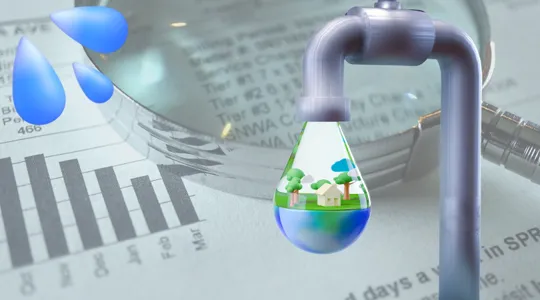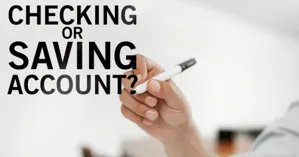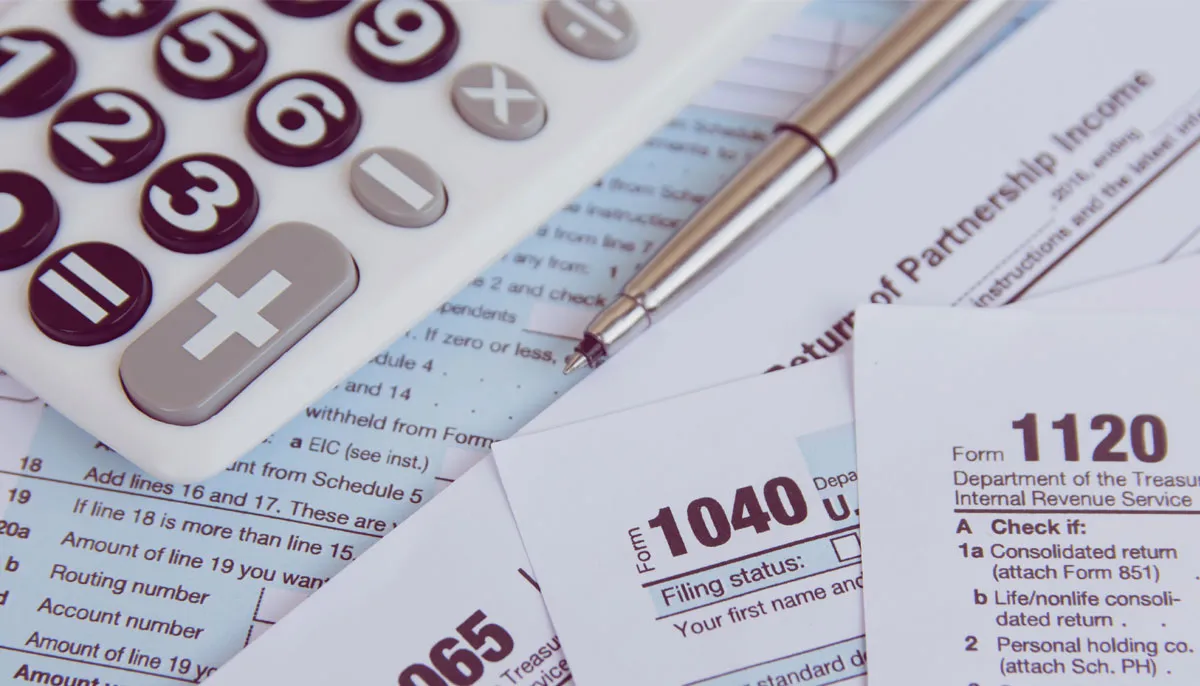
The one thing you can count on every month is utility bills. And they must be paid no matter what condition your finances are in. There needs to be a way to cut those bills. Well, there are ways to reduce your water bill. All it takes is a little foresight and observation.
How to Save Money on Your Water Bill
Replace old toilets with low-flow ones. Take shorter showers. Use dishwasher over handwashing. Install faucet aerators. Check pipes/faucets/appliances for leaks regularly. Monitor water usage & fix leaks to significantly reduce monthly bills.
Key Takeaways
-
Replace old toilets with low-flow or dual-flush models to save significant amounts of water.
-
Take shorter showers and avoid letting the water run unnecessarily while brushing your teeth or shaving.
-
Use a dishwasher instead of hand-washing dishes to conserve water.
-
Install aerators on faucets to reduce water flow without sacrificing pressure.
-
Regularly check for leaks in pipes, faucets, and appliances, as even small drips can waste substantial amounts of water.
At MoneyHawk, we have already discussed how you can save money while shopping online, get free grocery coupons, etc, and today, we’ll discuss in detail how you can save your money on a water bill. Let’s jump right into it.
Does a Dishwasher Use a Lot of Water?
Image source: wellingtonshomeelectrical.co.uk
A dishwasher doesn’t use a lot of water which means you save water as well. A dishwasher built after 1994 and is a standard-sized Energy Star uses less than four gallons of water every load. Hand washing the same number of dishes can use as much as 40 gallons of water.
A family of four uses roughly 12,000 gallons of water monthly. But is there a way to cut this number down? We'll show you where the most significant water waste is located and how you can correct them.
Buy a New Toilet
This is your biggest culprit when it comes to using water. Twenty-seven percent of water used in the household goes down the toilet.
Standard toilets use about seven gallons per flush. Other toilets use less. They include:
- Water-saving high-efficiency toilets – 1.28 gallons per flush.
- Power flush toilets – 1.1 to 1.2 gallons per flush.
- Low-flow toilets – 1.6 gallons per flush (the current federal standard).
- Dual-flush toilets – 1.3 gallons per flush.
You’ll save thousands of gallons of water per year just by updating your toilet. And your water bill will decrease, so call a plumber.
Water in the Refrigerator
Image source: LG.com
Have you ever stood with an empty glass at the faucet, waiting for the water to cool so you could drink it? Wasted water just goes down the drain.
Instead, to save money on water consumption, keep a pitcher of water in your refrigerator. You'll have a cool, refreshing drink anytime you want one.
Washing the Dishes
Image source: success.com
Scrap your dishes in the garbage can, and don’t rinse them. Running the water sends gallons down the drain. If you insist, fill a bowl and dunk your dishes in it after you scrape, then empty that and put it in the dishwasher.
To save money on water, remember to wait to run the dishwasher until you have a full load.
As a bonus tip, don’t use your garbage disposal. Instead, scrape your dishes in the wastebasket or compost. That way, you won't waste all those gallons of water you'll need to run the garbage disposal.
Bathroom Savings
Image source: duravit.com
What you do or don’t do in the bathroom can save or waste money.
Take shorter showers instead of going to the bathroom for long periods. I'm not saying this on my own; this advice is from the Environmental Protection Agency.
The average shower lasts eight minutes and uses approximately 17 gallons. That equals about 20 percent of the indoor water usage. Do you really need to be in the shower for eight minutes? A quick wash and you're done.
Baths are worse, as they use about 30 gallons and are roughly three percent of usage.
Another way to save money on your water bill is to avoid running the water while shaving or brushing your teeth. If you need water to shave, have a container full of water handy where you can dip your razor.
If you’ve had your calculator in your hand, you’ve noticed that between the toilet, the bath, and the shower, the average bathroom uses 47 percent of the household water.
Concentrate on the bathroom, and you can save significantly on your water bill.
Use an Aerator on Faucets
An aerator is a small, round device that screws into the faucet tip, creating a more consistent, splash-free stream of water. Water-efficient faucet aerators increase the water pressure while decreasing the amount of water emitted, potentially reducing water consumption by ten to twenty gallons daily.
Before installation, fill the aerator with soapy water to help remove any debris. When replacing washing machine hoses, opt for aerators designed specifically for that purpose. Additionally, aerators can be useful for outdoor watering, preventing waste water from inefficient spraying.
A typical faucet aerator costs around $14 at most home improvement stores, making it an affordable investment.
Do an Inspection
Image source: devicemagic.com
If you’re concerned about your water bill, ensure everything in your house is in order.
That means check your:
- Pipes
- Faucets
- Appliances
You need to make sure there aren’t any leaks. Check outside that the faucets aren't leaking. Even a tiny drip can cost you. Do a walk through your yard periodically and ensure there aren't any wet spots. Wet spots can mean leaks.
If you have a sprinkler system, check with a landscaper and find out the minimum you can run it. Sprinklers dump many gallons of water, which shows up on your bill.
If you’re not knowledgeable about doing this, have a plumber come to the house periodically.
Keep an eye on your water bill, if it suddenly spikes, you probably have a leak.
Frequently Asked Questions
Now that we've talked about ways to save on your water bill, you might have a few more questions. Don't worry; we've anticipated that and have asked the most common questions.
1. How much is a plumber?
The average cost of a plumber in the U.S. is $45 to $200 per hour. This depends on the complexity of the job and location. Some plumbers charge more for emergency calls.
2. How do you tell if you have a water leak?
To tell if you have a water leak, look for damp or discolored areas on ceilings, walls, or floors. There may also be wet patches in the driveway or yard. Your plumbing system may also make noise. A large increase in your water bill will also indicate a leak.
3. Will a new hot water heater save money on my water bill?
Not all new water heaters save money on water bills. But an on-demand recirculation system heats immediately and saves the water you waste waiting for it to heat.
Save on Your Water Bill
There are many ways to save on your water bill, but the number one way is to be vigilant. If you're aware of your behavior and that of others in your household, you can guard against waste.
Remember, almost half of the water is used in the bathroom. Start by replacing your toilet. You should see a decrease in your bill immediately.
Watch those showers. That long shower may feel good but it comes at a price.






